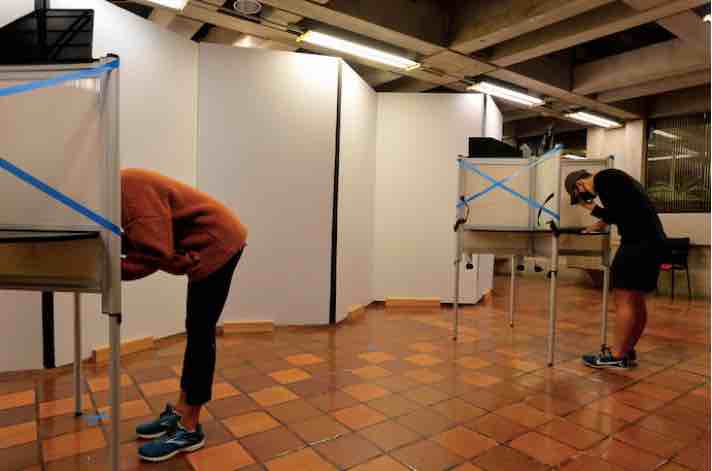The lead that former vice president Joe Biden has held over President Trump since he became the presumptive Democratic nominee — confirmed this past week in a number of high-quality post-convention polls — has been almost shockingly stable, given the pandemic, the economic crisis and one of the broadest protest movements in living memory. In light of that advantage, some have argued that the Trump campaign’s “hopes rest on boosting white working-class turnout,” as the Wall Street Journal put it recently. Sarah Isgur, a staff writer for the Dispatch, made a similar case on Twitter: “Assume Trump has a hard ceiling at 35%,” she wrote, referring to his support level among voters, “if he can shift turnout in that group from 60% in 2016 to 70% in 2020 (a VERY hard thing to do) then he wins this thing.” Isgur added that commenters who said the Republican National Convention wouldn’t change anyone’s mind missed the point, because it was all about the base.
Turnout-centric strategies have become the go-to move for underdog campaigns: Despite the polls, the argument goes, our candidate has a chance if a particular group turns out in droves. During the Democratic primary race, for example, supporters of Sen. Bernie Sanders (I-Vt.) claimed that an unprecedented wave of young and working-class voters would sweep their man to victory — a deluge that did not materialize. In fact, according to an analysis by the Brookings Institution’s John Hudak, the share of voters under 30 actually dropped in 11 of the 12 early primary and caucus states.




